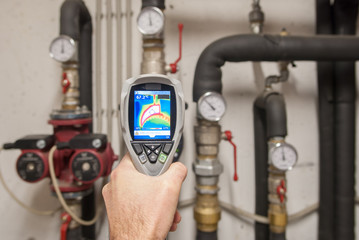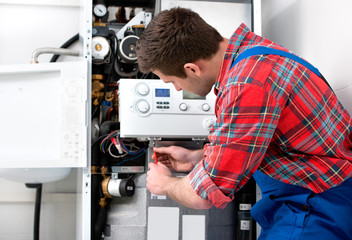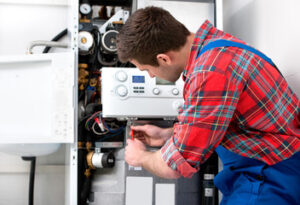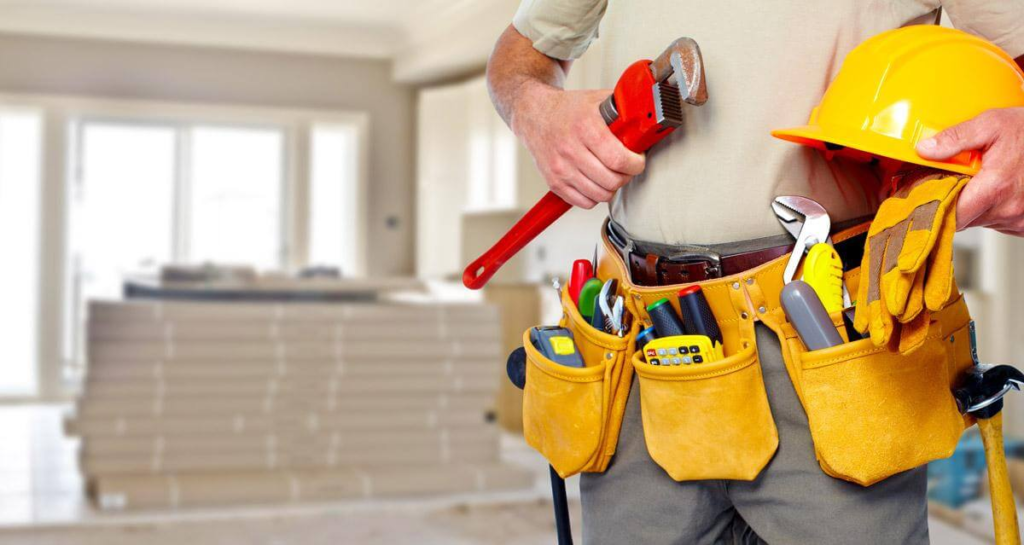In most instances, the longer a leak goes undetected, the worse the damage becomes. Timely detection and repair of leaks saves money, energy, time, and labor costs.
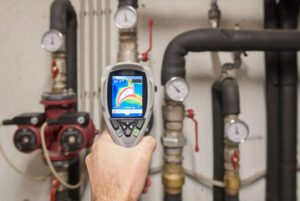
Effective Leak Detection Los Angeles equips water utilities with the information to prioritize repairs and conserve water resources. This ultimately protects the environment and minimizes revenue loss.
A water leak detection system monitors your plumbing lines and shuts off the water supply when a problem is detected. This protects your home from expensive and potentially dangerous water damage. A few hundred dollars upfront can save you thousands in repairs and years of stress.
Many water leak detection systems use smart sensors that are designed to detect and alert you to the presence of a leak, and some even turn off the water supply automatically. They are typically installed inline with your existing plumbing, making them easy to install for any homeowner. They can be used in offices, kitchens, bathrooms, server rooms, or anywhere else where there is a risk of water leaks.
These sensors work by measuring the temperature of the water in your home’s pipes. When a leak is detected, the sensors will either sound an alarm (many are compatible with smart devices) or they will send an alert to your smart device. Smart leak detection systems can also be integrated with smart home devices, giving you the ability to act from anywhere in your home.
In addition to protecting your home from costly repair bills, a water leak detection system can save you money on your monthly water bill. Even small leaks can quickly add up to hundreds of gallons of water per week.
If you are looking for a more traditional method of water leak detection, you can look at the dial on your water meter, which should have a “leak indicator” that moves when water is being used. Alternatively, you can wait 1 or 2 hours and then check the meter again to see if the reading has changed.
One of the most common causes of water damage is old pipes and appliances that are close to the end of their life. In addition to causing expensive repair bills, these leaks can lead to the formation of mold in your home, which can cause a variety of health problems. Mold spores can trigger allergies, exacerbate asthma symptoms, and cause eye irritation and runny noses.
If you are concerned about water damage in your home, contact a plumber to learn about the different types of leak detection available. Some systems like Flo are serious investments, but they can be well worth it if they can prevent or minimize expensive repairs and prevent catastrophic damage to your home.
Sewer Leak Detection
If your home’s plumbing system has a leak in the sewer line, it can cause serious damage to your structure and put you and your family at risk of health problems. This type of leak can also lead to contaminated water in your home. Sewer leaks should be addressed as quickly as possible to prevent further damage and costly repairs.
Sewer leak detection involves a number of methods. Some of these techniques involve observing a property’s water level over time and determining whether it is rising or falling. Others require the use of a camera to inspect the condition of a sewer pipe and pinpoint a leak location. In some cases, a plumber may suggest hydrostatic pressure testing and a video inspection of the sewer line. This can identify sections of a slab sewer system where there is the potential for a leak to exist. The use of an inflatable test ball in the sanitary sewer system can further pinpoint areas where a leak is likely to occur.
Thermography is another method that can detect a sewer leak. This technique relies on the fact that a leak in a sewer line will create a temperature difference between the leaking pipe and the surrounding environment. Using a thermal imaging camera, a technician can analyze the surrounding environment to identify temperature anomalies that indicate a possible leak in the sewer line.
Another method that can help identify a sewer leak is to use an electronic sewer gas detector. This is a handheld device that will emit an electronic signal when it detects hydrogen sulfide or methane in your home’s plumbing. The sensor can then display a reading in parts per million concentration (ppm) on the device’s screen.
Other methods include physical approaches such as smoke testing and hydraulic pressure monitoring. These methods have the advantage of providing a quick and effective structural assessment of the condition of a sewer system at a local scale, but they are unable to capture the full extent of structural deterioration and are limited in their ability to detect large cracks above the waterline. Machine learning methods, on the other hand, are able to leverage big data to develop models that can predict the likelihood of pipe failure.
Gas Leak Detection
Gas leaks pose significant health and safety risks, and can be particularly dangerous for children, elderly people, pets, and those with respiratory conditions. Inhaling harmful gases can cause a range of symptoms, from headaches and dizziness to organ failure and death. Luckily, there are several ways to detect dangerous gas leaks.
The most common method is to use a gas detector. These devices are designed to detect the presence of natural and propane gas in a given space, and will emit an alarm when triggered. They can be handheld or fixed, and are a great choice for homes with gas appliances. Another easy way to detect a gas leak is to pay attention to hissing sounds. This sound is caused by escaping gas, and can be heard from a distance. Finally, a strong sulfur or rotten egg smell is often associated with gas leaks.
To ensure that your gas detection system is working properly, it is important to perform routine maintenance. This includes cleaning and inspecting gas meters, and making sure that all connections are tight. In addition, it is important to check your gas lines regularly for signs of corrosion or fractures. If you notice any of these signs, it is a good idea to call a professional plumber for an inspection.
Whether you are using a handheld device or a fixed system, it is crucial to know how to calibrate your detector. This will help you determine the level of gas concentration in a given area, and will allow you to adjust the settings of your sensor accordingly. For example, if your device is detecting dangerous levels of carbon monoxide, you will need to lower the calibration setting.
For commercial environments, it is vital to have a gas leak detection system in place. Leaks can significantly affect day-to-day operations and may lead to stock damage. In addition, the aftermath of a gas leak can be extremely damaging to an organization’s reputation.
A comprehensive gas leak detection system can provide a wide range of benefits for businesses. In addition to reducing operational costs, it can also improve employee and customer safety. Furthermore, it can reduce the risk of public health incidents and environmental damage.
Electrical Leak Detection
Detecting leaks that cause fires requires specialized equipment, but these devices can save lives and property. Many of these devices are also used to monitor water hazards and fluids transported by pipes. They come in a variety of sizes, shapes, and designs, and may include sensors and wires to measure temperature or pressure. They can even be programmed to alert the authorities when they sense a hazardous situation. Leak detection systems are useful for a wide range of applications, from monitoring oil pipelines to testing for underground sewer leaks.
Electrical leaks can be a serious hazard and can cause devastating fires. These types of leaks are often caused by faulty wiring or by an electrical outlet that is overloaded. It’s important to be able to identify these issues quickly and efficiently, and this is where leak detection comes in.
A new device has been developed that can be installed in electrical lines to detect leakage current and warnings. The device is made of a current transformer (CT) with a high-gain linear converter and low-power NB-IoT wireless communication technology. Its dimensions are 66 mm (outer diameter), 45 mm (inner diameter), and 10 mm (height).
The device uses a sensor to measure the ambient temperature and a high-speed microcontroller to calculate the measurement data. It then transmits this information to a cloud server using NB-IoT wireless communications technology. Once the data is uploaded, the device’s built-in sensor will monitor the voltage to detect the presence of leakage current. The device will then transmit a warning to the electrician for immediate action.
This device can also be used to help in maintaining and troubleshooting electrical wiring problems, such as short circuits, overloaded outlets, or aging wires that are prone to deterioration. It can be attached directly to the electric meter and is powered by a single lithium battery. The device has external lights that indicate the normal condition with a green LED light, and the abnormal condition with a red LED light.
If you suspect that you have an electrical leak, start by turning everything off in your home and then checking the electric meter. If it still shows usage, you may need to break down the breaker panel in your house and check each outlet or circuit one by one.
